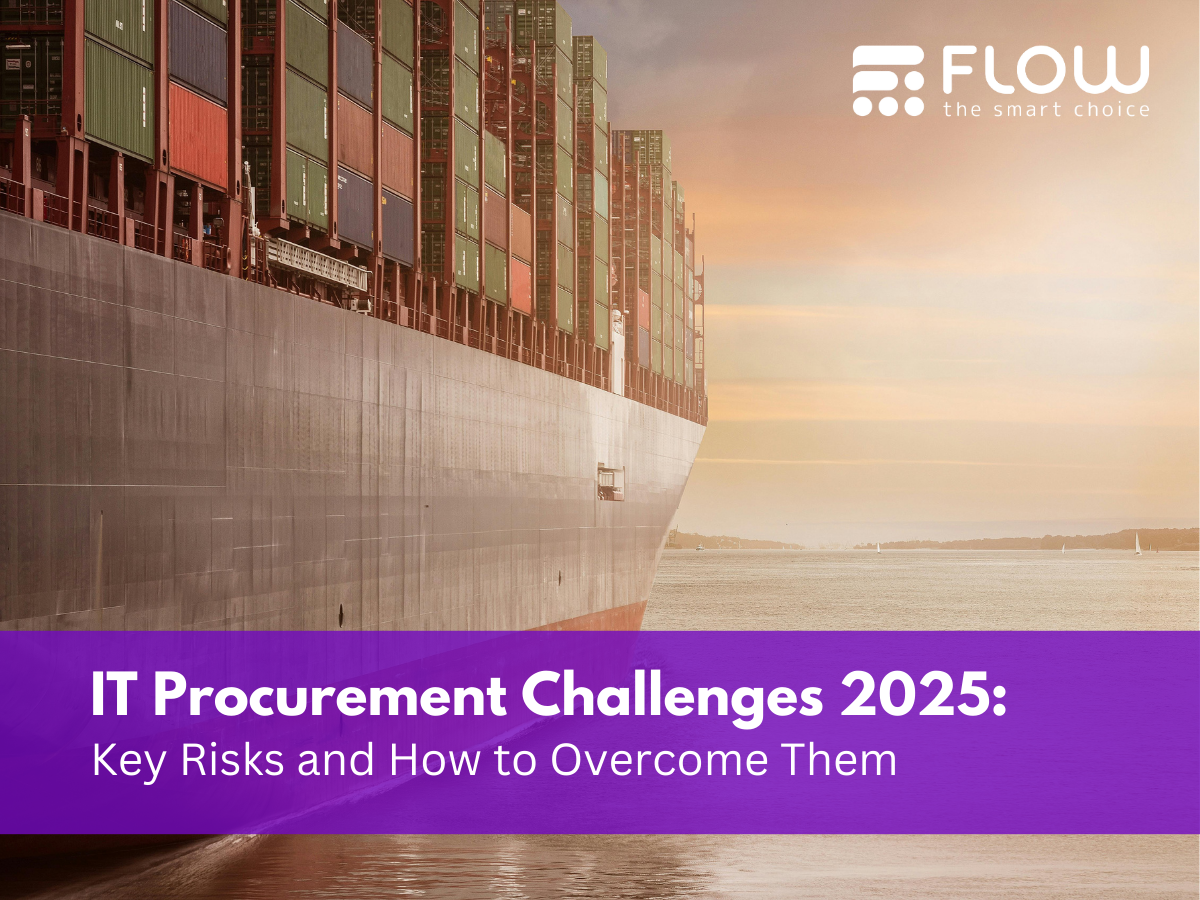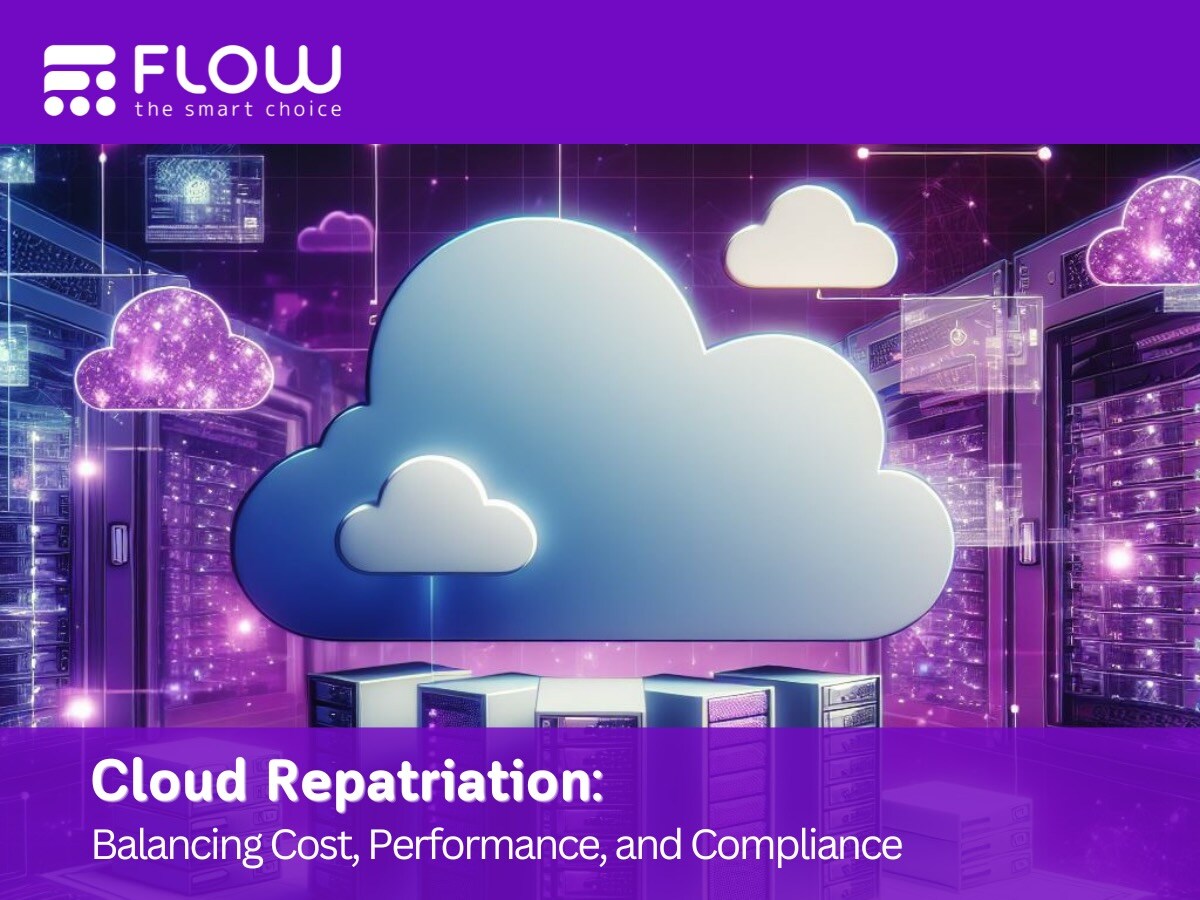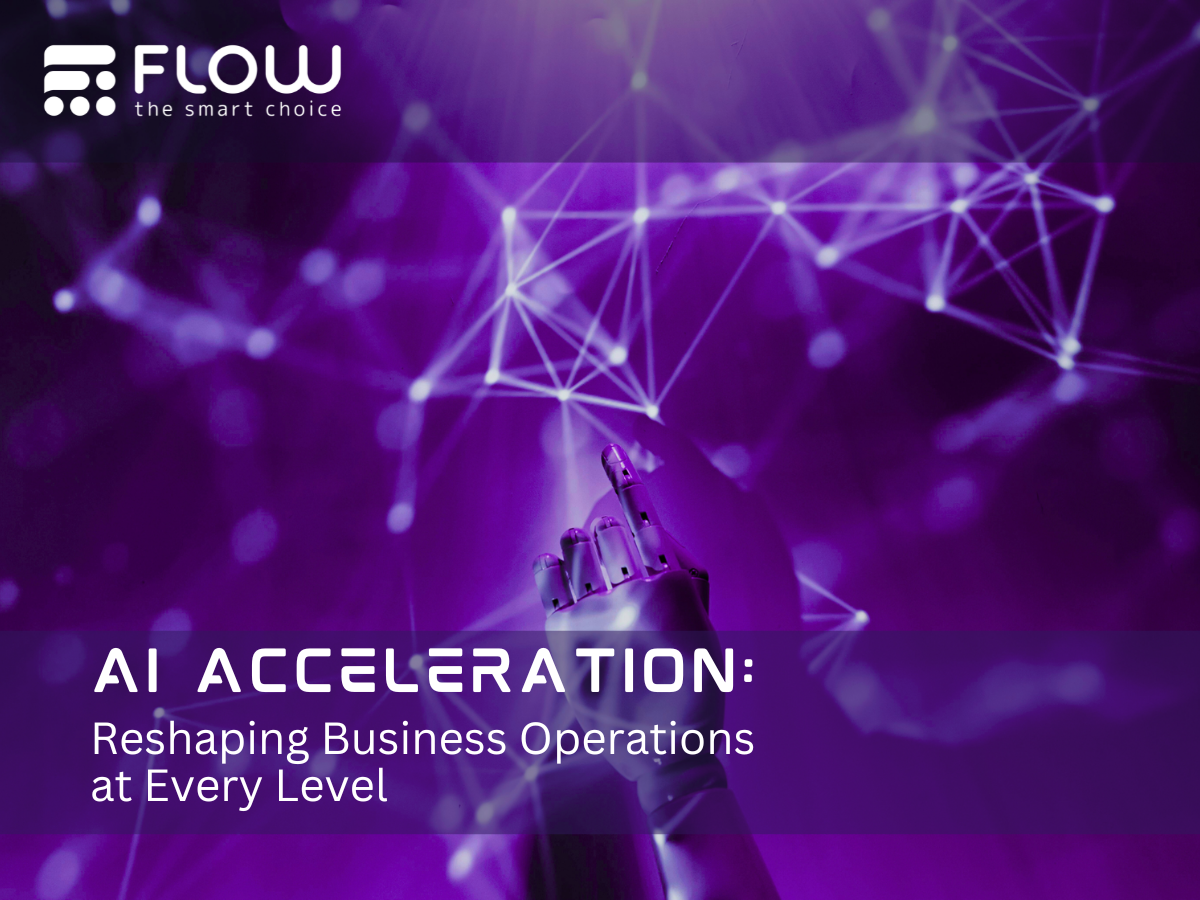The Unchanging Landscape of Cybersecurity: Navigating the Groundhog Day Maze
In the ever-evolving world of cybersecurity, one might assume that with each passing year, transformative shifts accompany new threats and technologies. Yet, as we navigate the intricate maze of cyber defences, it becomes evident that the more things change, the more they stay the same.
Human Nature Persists:
While technology advances, humans remain a constant variable. The age-old truth of "humans will be humans" holds firm. Economic incentives drive cyber threats, and the underlying motives behind attacks are a consistent force. Acknowledging this enduring aspect reinforces the need for a cybersecurity strategy considering the human factor. Social engineering and phishing attacks exploit human vulnerabilities, underscoring the importance of continuous user awareness and education.
Complexity Continues to Grow:
As businesses and IT infrastructures become more intricate, the complexity of managing and safeguarding them intensifies. The short to medium-term prognosis suggests that much of what we rely on resides outside our direct control. Whether in the cloud or through third-party suppliers, a significant portion of our digital landscape eludes our direct influence.
The fundamental concept of Access Control, which involves restricting access to sensitive information based on roles and responsibilities, continues to be a foundational element in managing the complexity of cybersecurity. Proper authentication and authorisation mechanisms are essential for maintaining security.
The Targeted and the Vulnerable:
Certain elements consistently draw attention in the evolving cyber landscape: third-party compromises, cloud environments, and end-user devices. The reality is that compromising a human often opens doors to critical data and systems. In essence, it's not about hacking into networks anymore; it's about targeting the individuals with access.
The Least Privilege principle, which involves providing users with the minimum necessary access level, limits the potential consequences of a compromised account. Acknowledging that different data carries varying levels of risk, the Encryption principle remains robust, ensuring data protection during transit and while at rest.
Facing Breaches and Brand-New Tech:
While breaches will continue to occur, what remains unchanged is the varied response capabilities of different companies. The inevitability of breaches prompts a shift in focus towards response strategies.
Simultaneously, the tech landscape will witness the continual emergence of shiny new technologies and promising revolutionary solutions. However, the focus should be on recovery strategies and how businesses adapt to unforeseen challenges. The flawed focus on breach numbers in news coverage is often misleading and needs more context. Raw totals need to convey the nuanced impact of a breach. The fixation on volumes frequently overlooks critical factors such as the time it takes to detect the breach, execute response plans, and initiate recovery processes.
Eternal Vigilance and Adaptability:
The age-old saying "eternal vigilance is the price of liberty" resonates in cybersecurity. As humans have been pack animals historically, cybercriminals adapt to the changing landscape. One must assume the role of both protector and survivor, realising that being a victim of cybercrime is an ever-present possibility.
Continuous Monitoring, which involves the ongoing scrutiny of network activities and system logs, is indispensable for identifying anomalies and potential security incidents. Similarly, Security Awareness stands as a crucial principle, underscoring the significance of educating users on cybersecurity best practices.
A Decade of Unchanging Wisdom:
In a somewhat Groundhog Day fashion, the observations made a decade ago still hold today. Much like the classic movie, cybersecurity repeats its fundamental principles. It's not about anticipating every new threat but understanding the unchanging nature of the cyber world.
Boost Resilience Before Disaster Strikes
Take action before a crisis hits. Work now on improving your response capabilities:
- Institute robust monitoring and logging for faster threat detection.
- Develop and rehearse your response plan through simulations.
- Designate personnel and communications strategies.
- Backup critical systems to accelerate recovery.
- Train staff to identify and rapidly report incidents.
Improve your cyber resilience with Flow.
As we approach the end of another year, the message remains: the more things change in cybersecurity, the more they stay the same. The key lies not in predicting every cyber twist and turn but in mastering the timeless principles of protection, resilience, and adaptability.
Here's to another year of facing unchanging challenges with renewed wisdom and readiness.
Click here to get in touch.




